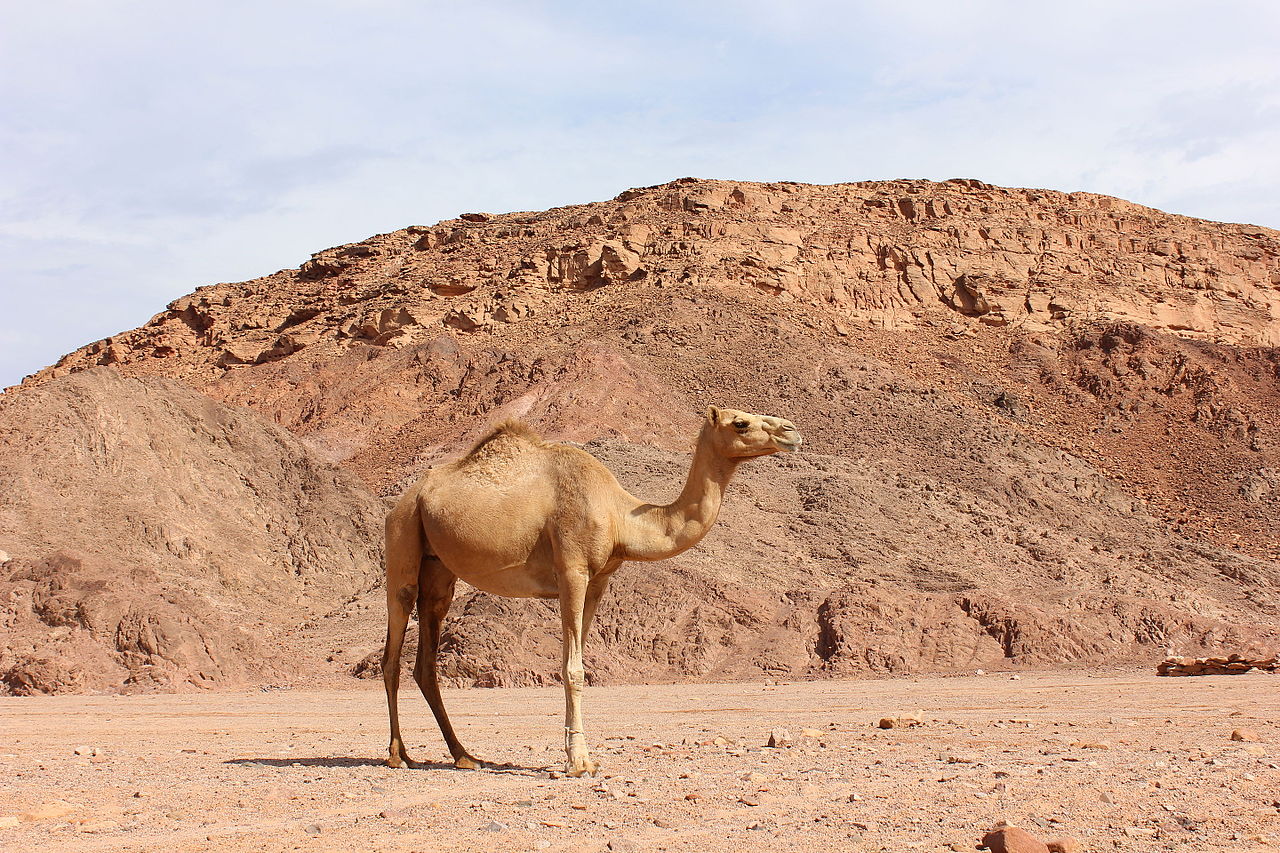Prions in the desert

Prion diseases or transmissible spongiform encephalopathies involve a quite diverse spectrum of hosts, from domestic animals such as cows with mad cow disease (aka Bovine Spongiform Encephalopathy, BSE), wild animals such as cervids with Chronic Wasting Disease (CWD) and even people who may suffer from Creutzfeld Jackob Disease.
The journal Emerging Infectious Diseases has just published an article describing, for the first time, a prion disease in dromedary camels (they have named it Camel Prion Disease, CPD).
Prion Disease in Dromedary Camels, Algeria.
Babelhadj B, Di Bari MA, Pirisinu L, Chiappini B, Gaouar SBS, Riccardi G, Marcon S, Agrimi U, Nonno R, Vaccari G.
Emerging Infect Dis. 2018 Jun 17; 24 (6). DOI: 10.3201 / eid2406.172007. [Epub ahead of print]
It is fairly relevant news since never before a prion disease had been described in camels, which opens up new questions:
- What is the origin of this disease? At the moment it is unknown. The first tests indicate that it is different from the prions that cause BSE. BSE has never been diagnosed in cattle in Africa although it is known that prion-contaminated feed has been imported from Europe. It could have its origin in Scrapie, the prion disease that affects sheep and goats, or it might be a disease of the dromedary camels that had not been diagnosed so far, the authors estimate a prevalence of 3.1% based on the observation of nervous clinical signs in dromedaries at slaughterhouses.
- Is it transmissible or are these cases sporadic? Prion protein deposits have been detected not only in the central nervous system, but also in lymphoid tissues, which suggests that it is possibly a disease with horizontal transmission (such as Scrapie and the CWD).
- Can it affect people? This is, indeed, the key point to investigate. It will be necessary to perform bioassays in transgenic mouse models that express the human cellular prion protein to determine the susceptibility of humans to this new prion. Whether it is a disease of the dromedaries or, even more so, if it turns out that it is an already well-known prion adapted to a new species. It is necessary to analyze the properties of the new prison because passage through different hosts can modify them and, for example, a prion might become more virulent or expand its range of hosts.
- And what about the other camelids? Indeed, dromedary camels are camelids, unlike the Bovidae and Cervidae families, they are not ruminants, but artiodactiles. It will also be necessary to investigate whether other camelid species may also have such diseases, such as 2-humped camels, llamas, alpacas, etc.
Cover image source.













